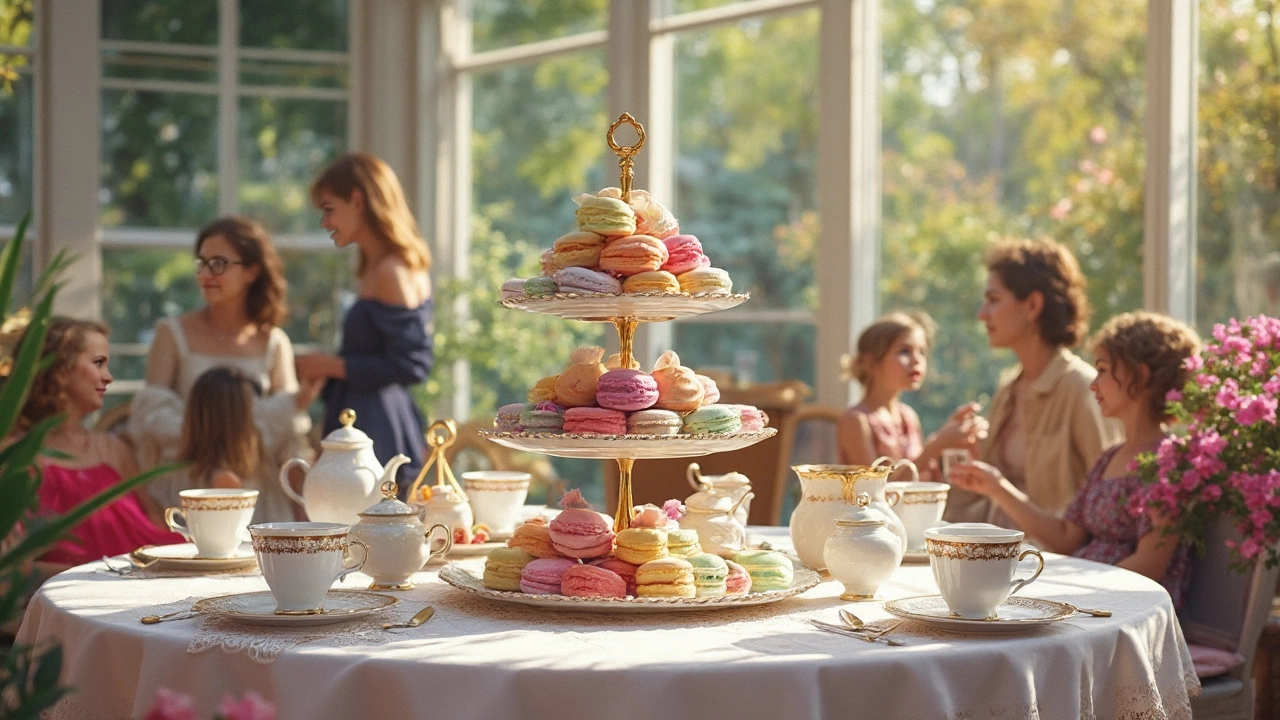
People line up for pastel macarons in Paris, but did you know the story stretches beyond France? It surprises a lot of folks that macarons didn’t actually start out French. This little dessert hides a bit of a passport.
So, which country can really claim the macaron? If you guessed France because of all those fancy patisseries, you’re not alone—but there’s more to the story than just Parisian shop windows. The answer takes us back several centuries and across borders, so if you love a bit of culinary detective work, you’re in for a treat.
- The Real Birthplace of the Macaron
- How Did the Macaron Become So French?
- The Anatomy of a Perfect Macaron
- Macaron Tips: Eating, Storing, and Even Baking
The Real Birthplace of the Macaron
The story of the macaron isn’t as simple as picking between Paris and the rest of the world. If you dig into history, it turns out the macaron’s roots start in Italy, not France. Historians say these little almond cookies first showed up in Venetian monasteries around the 8th or 9th century. They were pretty basic back then—no fancy colors or fillings, just ground almonds, sugar, and egg whites.
Things changed when Catherine de’ Medici, an Italian noblewoman, married France’s King Henry II in the 1500s. She brought her Italian chefs with her to France, and along with them, these almond cookies. In France, they got a new twist. Over time, French bakers started experimenting—eventually turning the simple cookie into the iconic, creamy-filled macaron we know now.
Here’s a quick side-by-side look at how macarons started and what they’ve become:
| Original Italian Macaron (c. 800s-1500s) | French Macaron (Modern Day) |
|---|---|
| Simple almond cookie | Almond meringue shell with ganache/jam filling |
| Bare, no colors or fillings | Colorful, wide variety of flavors |
| Usually one layer, crispy outside | Two layers, smooth and chewy inside |
So, if you ever run into someone insisting the macaron is only French, you can throw in a fun fact about its Italian roots. But it’s fair to say the French are the ones who really made macarons famous and pushed the treat to its current fancy status.
How Did the Macaron Become So French?
Alright, here’s where things get interesting. The first versions of the macaron came from Italy, thanks to chefs baking for Italian royalty. But it was in the 1500s, when Catherine de Medici married France’s King Henry II, that things changed. She brought her own pastry chefs to France, who introduced the early macaron—basically a single almond meringue cookie.
The big French twist? That came much later. French bakers eventually sandwiched two shells together with a flavored filling. This “Parisian macaron,” or macaron gerbet, started making waves in the 20th century. Pierre Desfontaines from Ladurée gets a lot of credit for popularizing the double-decker version that everyone knows today. Talk about leveling up a snack.
Macarons became a symbol of everyday luxury in France. Parisian bakeries started showing off rows of colorful macarons in their windows. Suddenly, these cookies meant class, celebration, and all things French. Even Marie Antoinette famously loved them—not a bad endorsement.
Today, macaron shops are everywhere in Paris. Ladurée and Pierre Hermé are famous worldwide, selling thousands of these little treats every day. Here’s a quick look at how macarons grew in France over time:
| Year | Event |
|---|---|
| 1533 | Catherine de Medici brings the original macaron to France |
| 1830s | Bakeries in Paris start pairing two shells with jam or cream filling |
| 1930 | Pierre Desfontaines (Ladurée) popularizes the macaron gerbet (Parisian macaron) |
| 2014 | France records International Macaron Day, with shops giving out free macarons |
If you walk into a French bakery today, you’ll find dozens of flavors, from classic pistachio to wild flavors like rose or yuzu. It’s a full-blown tradition at this point.
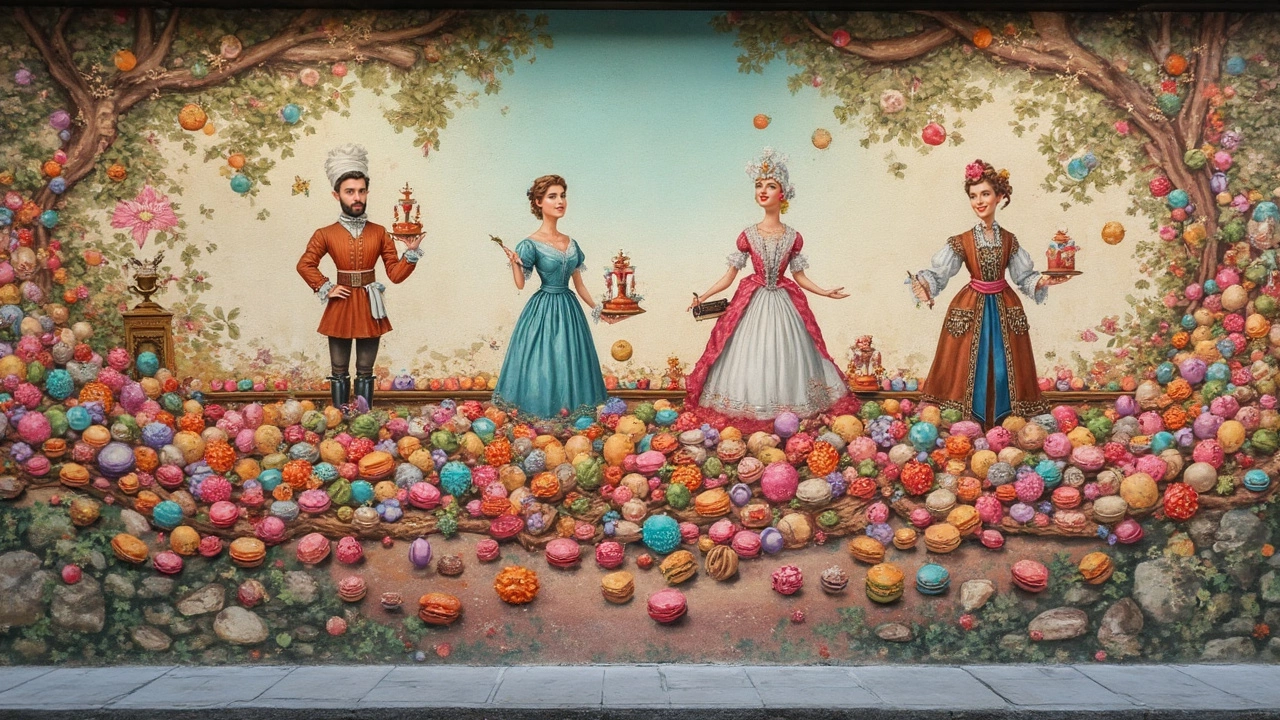
The Anatomy of a Perfect Macaron
Getting a macaron just right is almost an art form. A good one looks fancy, but it’s all about nailing the basics. Let’s break down what makes these treats actually perfect—inside and out.
The outside shell has to be smooth and slightly glossy, not cracked or lumpy. When you bite in, you want a gentle crunch that gives way to a chewy middle. No dry, crumbly bits or soggy bottoms. Under the shell, the signature “feet”—those cute little ruffles at the base—show it’s baked right. No feet, no bragging rights.
Here’s what should stand out in a real-deal macaron:
- Shells are smooth, with zero cracks
- Distinct "feet" all around the edge
- Centers that are soft and slightly chewy, not damp
- Even sandwiching—filling never oozing out
- Flavors that pop but feel balanced, never artificial or crazy sweet
Ingredients are fuss-free but matter a ton. You only need almond flour, powdered sugar, egg whites, and fine sugar for the shell. Fillings might be ganache, buttercream, or jam, but go for fillings that actually taste like what the color hints—real raspberries, pistachios, or dark chocolate, not just food coloring and sugar.
Here’s a quick look at what sets pro macarons apart from supermarket wannabes:
| Feature | Perfect Macaron | Imposter |
|---|---|---|
| Shell Texture | Smooth, flawless | Cracked or bumpy |
| "Feet" | Even, present | None or uneven |
| Chewiness | Soft-chewy center | Dry or rubbery |
| Flavor | Balanced, real | Artificial, too sweet |
| Appearance | Uniform, even shape | Lopsided, inconsistent |
The best thing? Once you spot these details, you’ll know a good macaron anywhere, whether you’re in a Paris bakery or picking up a treat at your local café.
Macaron Tips: Eating, Storing, and Even Baking
Let’s be real—nobody wants a soggy or crumbly macaron. How you handle these little pastries makes all the difference. Whether you just bought a box or want to make your own, there are a few tricks that actually work.
Macaron shells are delicate because they’re mostly almond flour, sugar, and egg whites. The filling (usually ganache, buttercream, or jam) can easily mess with the texture if you’re not careful. So, first things first—don’t store them the same way you’d store regular cookies.
- Eating: Macarons taste best at room temperature. If you keep them in the fridge, let them sit out for about 20 minutes before digging in. That way, the shells soften a bit and the flavors pop. Try biting right into the center to get shell and filling together in each bite.
- Storing: Pop your macarons in an airtight container in the fridge. They’ll keep their texture for up to five days before starting to go stale or soggy. If you need longer storage, freeze them (still in a container!). Defrost overnight in the fridge before serving. Here’s a quick cheat sheet:
| Storage Method | How Long? | Best For |
|---|---|---|
| Room Temp (Airtight) | 1 day | Serving Soon |
| Refrigerator | Up to 5 days | Short-Term |
| Freezer | Up to 3 months | Long-Term |
- Baking: If you want to try making macarons, use a kitchen scale. Accuracy is key—measuring by cups usually leads to flat, sad shells. Age your egg whites overnight in the fridge (just crack, cover, and chill them) for better lift. Sift your almond flour and powdered sugar together so you don’t get lumps. Always let your piped rounds rest for 30-45 minutes until they form a slight skin—this stops cracked tops and gives you those iconic feet. Don’t even think about skipping this step.
For flavor ideas, chocolate and raspberry are always safe bets for beginners. But once you get the hang of the process, try pistachio, passionfruit, or even matcha. Keep an eye on oven temp—about 150°C (300°F) works for most home ovens. Rotate your tray halfway through for an even bake.
Mess up a batch? Don’t toss them. Crumbled macarons are awesome mixed into ice cream or as a topping for yogurt and pudding.


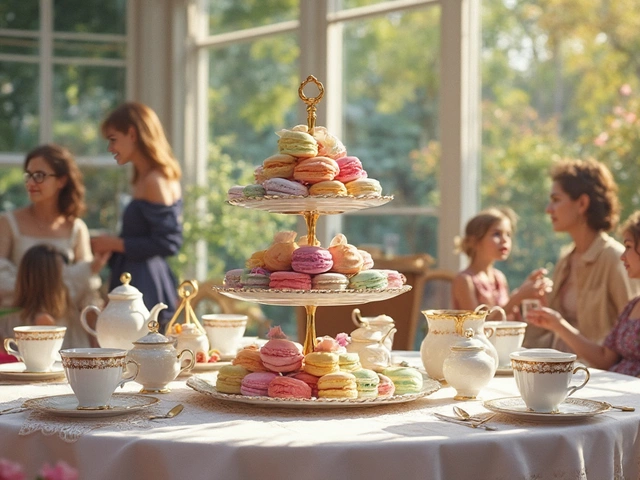
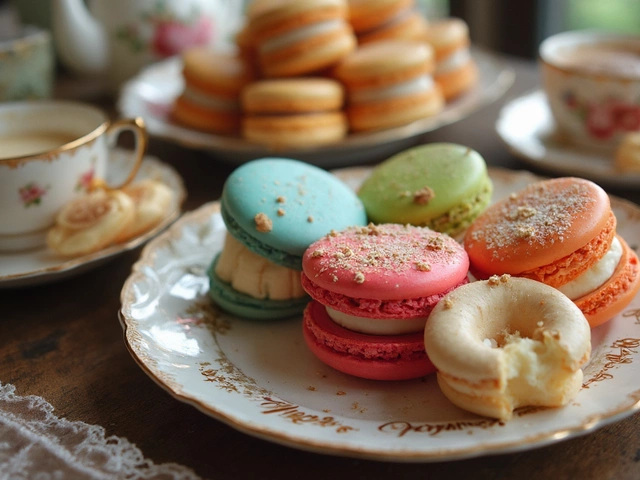
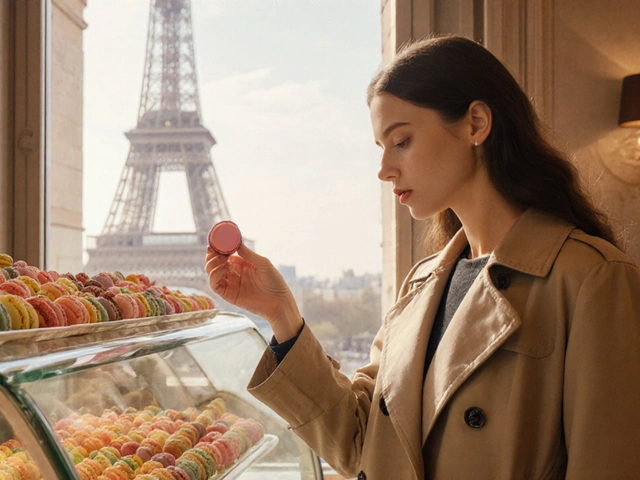

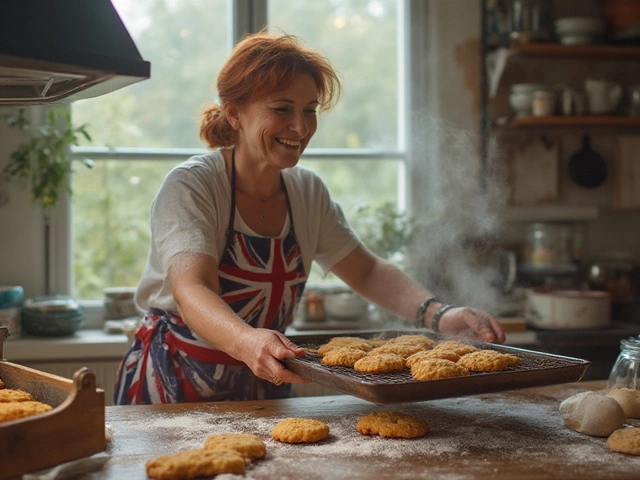
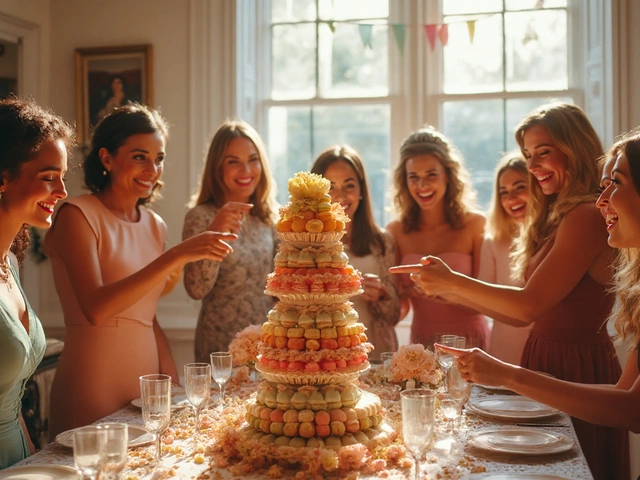

Write a comment